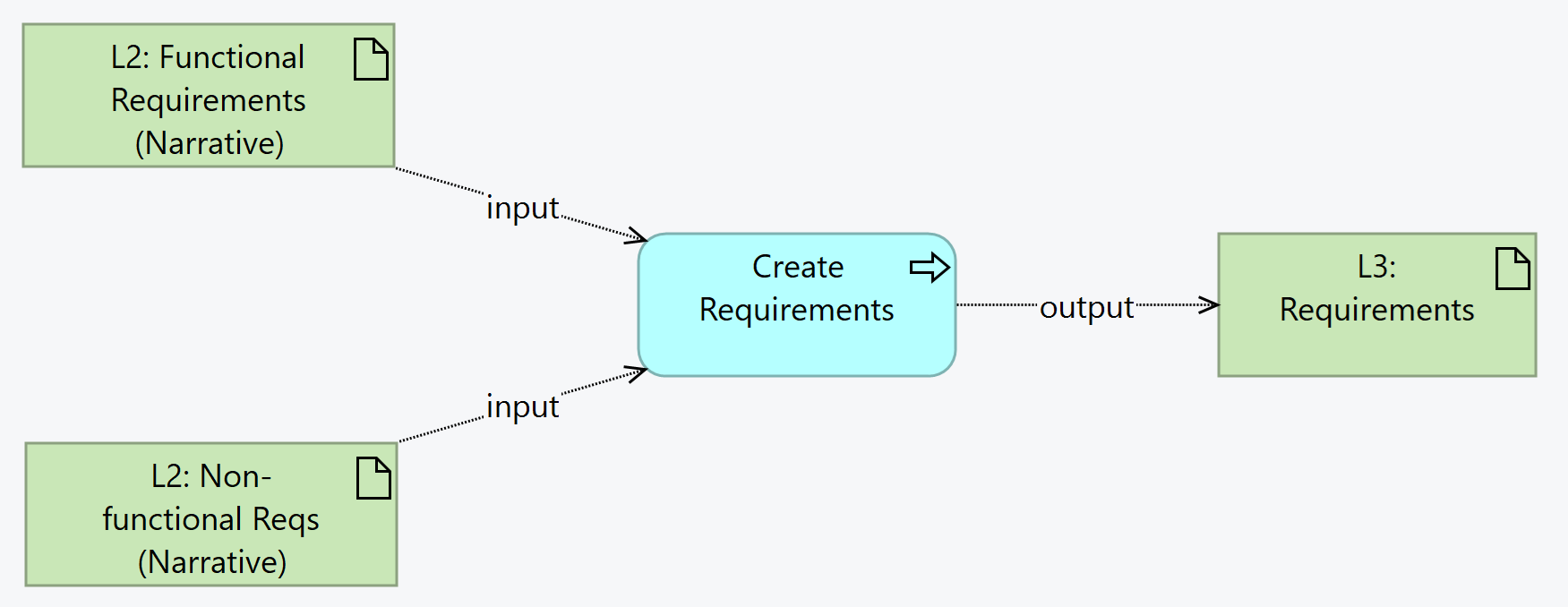SMART Guidelines Starter Kit
2.1.0 - ci-build
SMART Guidelines Starter Kit
2.1.0 - ci-build
SMART Guidelines Starter Kit, published by WHO. This guide is not an authorized publication; it is the continuous build for version 2.1.0 built by the FHIR (HL7® FHIR® Standard) CI Build. This version is based on the current content of https://github.com/WorldHealthOrganization/smart-ig-starter-kit/tree/main and changes regularly. See the Directory of published versions
Requirements - functional or non-functional - are captured as L3 artifacts for the purposes of:
The L3 author is expected to capture the requirements in a Requirements resource.
The requirements capture the following data:

Summary: From the Functional and Non-Functional requirements in the L2, the L3 author creates Requirements resources.
In FHIR, the resource used is a Requirements - which is a set of requirement statements. So, each requirement in the L2 group will normally be one of the statements included in a Requirements resource. The Requirements resource identifies the Business Process for which the requirements are being expressed e.g "Register Client".
The Requirements will capture the following elements:
<sg>-<p>-fxnreq, where <sg> is the abbreviation of the SMART guideline (e.g. immz) and <p> is the letter of the functional process e.g. e corresponding to "Register Client".IMMZ.FXNREQ.087As with all FHIR Conformance resources, change management is critical. Do not set the version element of Requirements defined in the SMART Guideline, the version element will be set by the publication process. See the versioning topic for more information on change management.
In addition, Requirements are essential traceable artifacts. Every time a requirement changes, the change history shall be appended.
| Tool | Usage | Doc |
|---|---|---|
| Sushi | Requirements can be authored in FSH syntax | HL7 Spec Sushi Documentation |
SMART Guidelines - Immunizations (Measles): Rendered Requirements table SMART Guidelines - Immunizations (Measles): Example Requirements resource